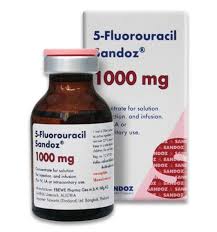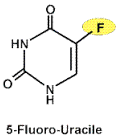Rhinoplasty surgery produces an expected amount of swelling and bruising based on the extent of the surgery. Like all facial surgeries the swelling and bruising is temporary and takes time go resolve. The swelling from rhinoplasty, however, is well known to be prolonged and is most manifest in the tip area. The tip swelling can be quite prolonged and it is well known that it can take a year or even longer to see the final remnants of the swelling to have dissipated and the remodeled tip shape to appear.
Fortunately for most rhinoplasty patients the final shape of the nose does not usually take a full year and an acceptable result occurs much sooner. But in the thick-skinned nose patient the swelling that will occur and the time is takes to go down is very prolonged and often requires some postoperative management to help the process. In such thick-skinned noses it is even possible that the surgery can make the nose tip more enlarged and amorphous if some postoperative management strategy is not done. Known as a polly beak deformity excessive scar tissue formation is prone to form in the tip and supratip areas in thicker-skinned patients that have a large amount of sebaceous tissue.
Steroid injections is the historic method used to treat nasal tip swelling and has been done for decades. While it can be effective steroids are a double-edged therapy with the potential for adverse long-term soft tissue effects if the dose is too high or the injections are done too frequently.


Since it is an off-label use, there is no approved or well studied dosing regimen for post rhinoplasty injections. It is commonly practiced as a combination therapy by diluting the 5-FU with steroids in various combinations per surgeon preference. The role of steroids as a diluent is to decrease the pain of injection and to precent recurrent scarring. Since most noses need more than one single injection I also like to mix in some lidocaine as well and wait a bit after the first injection before doing more.
Dr. Barry Eppley
Indianapolis, Indiana


